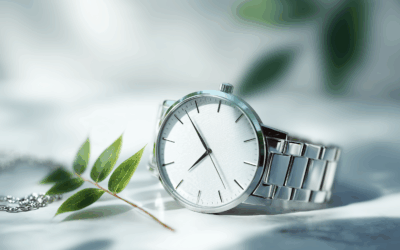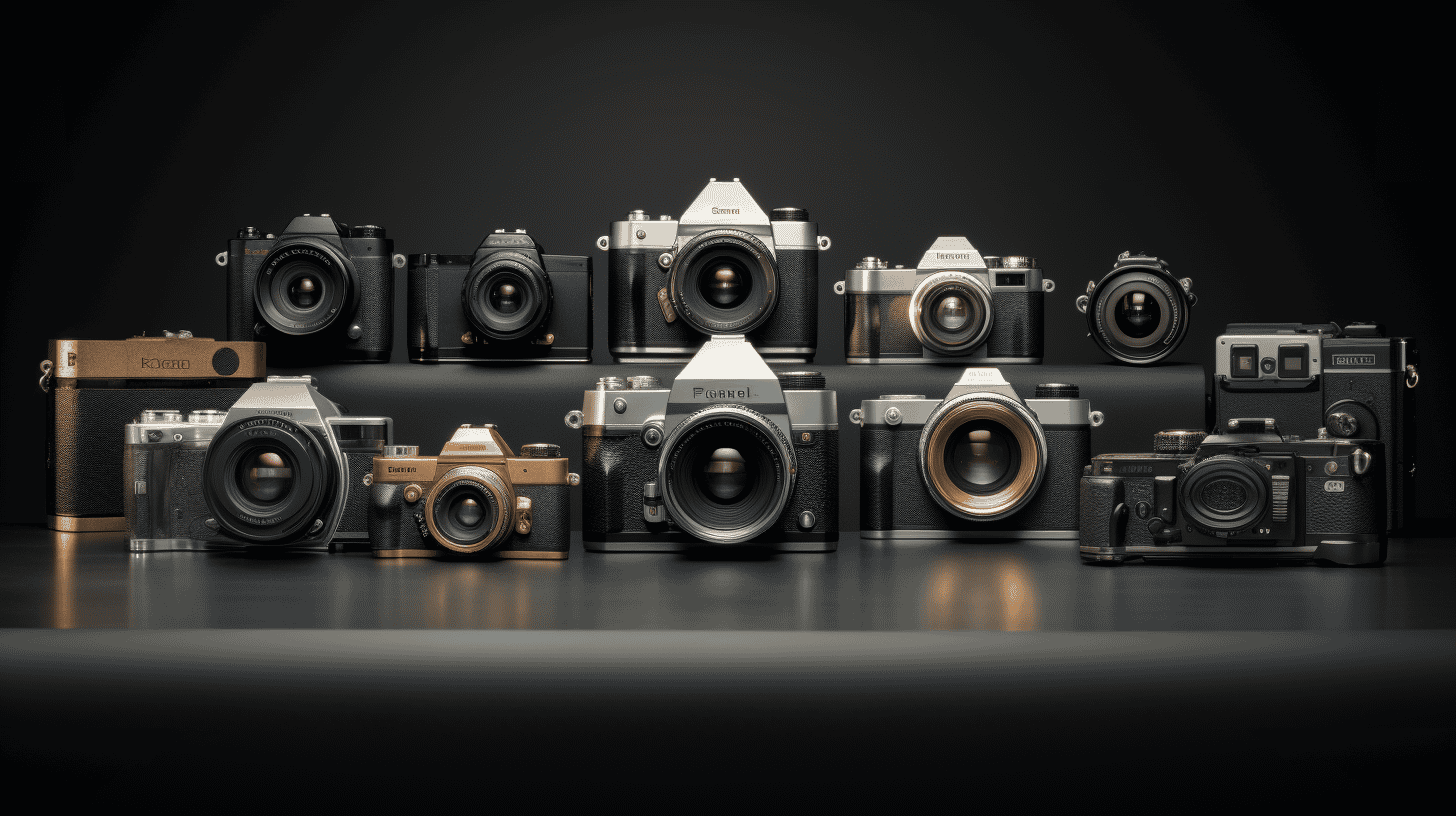Photography is an art form that encompasses a wide range of subjects and styles. One of the most popular and ever-evolving genres of photography is fashion photography. The world of fashion photography is highly competitive, but with the right techniques, creativity and dedication, you can stand out in the crowd. In this article, we will provide expert tips and techniques to elevate your fashion photography game to new heights.
Table of Contents
- Understanding the Fashion Industry
- Essential Equipment for Fashion Photography
- Creating Concepts and Storytelling in Fashion Photography
- Working With Models and Directing Talent
- Mastering Lighting Techniques
- Post-Processing Tips for Fashion Photography
- Building a Professional Portfolio
- Networking in the Fashion Industry
1. Understanding the Fashion Industry
To excel as a fashion photographer, it is crucial to have a deep understanding of the fashion industry. Stay up-to-date with current trends and styles to keep your work relevant. Attend fashion events, subscribe to fashion magazines, and follow industry-leading photographers, designers, and influencers on social media platforms. Engaging with the fashion community will help you develop a sense of style and aesthetics that can translate into your photography.
2. Essential Equipment for Fashion Photography
2.1. The Camera
Choose a camera that fulfills your needs as a fashion photographer. Key factors to consider include resolution, autofocus performance, and low-light capabilities. Mirrorless cameras are a popular choice among professionals for their lightweight design and advanced capabilities.
2.2. Lenses
Lenses play a significant role in determining the look and feel of your images. Prime lenses, such as 50mm or 85mm, are popular choices for fashion photography because they produce sharp images and beautiful bokeh. Zoom lenses, like a 24-70mm or 70-200mm, offer versatility for capturing various angles and focal lengths.
2.3. Lighting Equipment
Underestimating the importance of lighting in fashion photography is a mistake. Invest in external lighting equipment, such as strobes, softboxes, and reflectors, to create the desired mood and ambiance in your photographs.
2.4. Tripod and Accessories
A tripod is essential for adding stability to your shots and preventing camera shake, especially when shooting with longer lenses or slower shutter speeds. Invest in a quality tripod with a strong and durable build to support your camera and lenses. Additionally, having accessories like lens filters, extra batteries, and memory cards will ensure that you are prepared for your shoot.
3. Creating Concepts and Storytelling in Fashion Photography
Fashion photography is not just about capturing beautiful models and clothes; it’s about creating a story and conveying emotions. Collaborate with makeup artists, wardrobe stylists, and models to conceptualize photo shoots that resonate with viewers.
Before a shoot, create mood boards and storyboards to organize your ideas and communicate with your creative team effectively. Visual references will help your team understand your vision and work cohesively towards a successful shoot.
4. Working With Models and Directing Talent
Directing models is an essential skill for a fashion photographer. Establish a comfortable environment and build rapport with your models to make them feel at ease during the shoot. Encourage open communication and provide clear guidance for posing and expressions.
Remember, every model is different, and adapting your approach to suit their style and strengths will lead to a more successful outcome. As the photographer, it’s your responsibility to bring out the best in your models and showcase their unique qualities.
5. Mastering Lighting Techniques
Lighting is a crucial element in fashion photography, and mastering various lighting techniques can make or break your images. Familiarize yourself with natural lighting and different types of artificial lighting, such as continuous lights, strobes, and flash.
Experiment with different lighting setups, angles, and modifiers to create shadows, highlights, and textures that emphasize the subject and give visual depth to your images.
6. Post-Processing Tips for Fashion Photography
Post-processing is an integral part of fashion photography, and learning how to retouch images professionally can elevate the quality of your work. Adobe Lightroom and Photoshop are popular software choices for post-processing fashion photographs.
Practice techniques such as color grading, skin retouching, dodge and burn, and frequency separation to perfect your images. Don’t overdo your edits; aim for natural, clean, and polished results that align with your artistic vision.
7. Building a Professional Portfolio
A well-curated, diverse, and visually striking portfolio is essential for showcasing your skills and attracting clients. Focus on including only your best work that reflects your unique style and vision, and continue to update your portfolio as you grow as a photographer.
Utilize online platforms, such as personal websites, photography websites, and social media, to showcase your work and reach a wider audience. Additionally, consider pitching your work to fashion magazines and blogs to gain exposure and build your reputation in the industry.
8. Networking in the Fashion Industry
Networking is vital for a successful career in fashion photography. Attend industry events, workshops, and social gatherings to meet and build relationships with fellow photographers, models, makeup artists, stylists, and other professionals in the fashion world.
Collaborate on projects and share your skills and knowledge with others in the community. Building a strong network will increase your chances of getting valuable opportunities and help you grow as an artist.




0 Comments